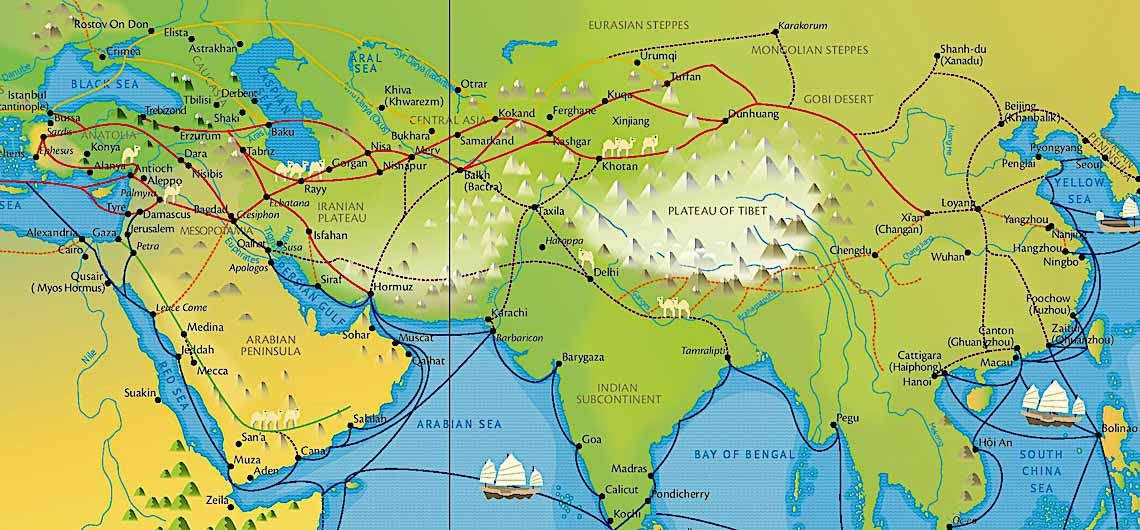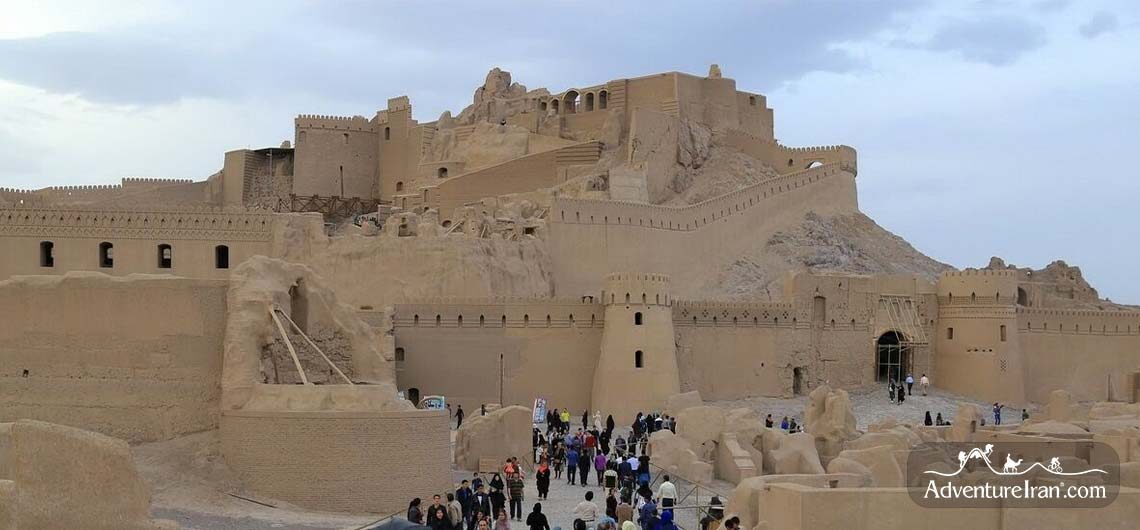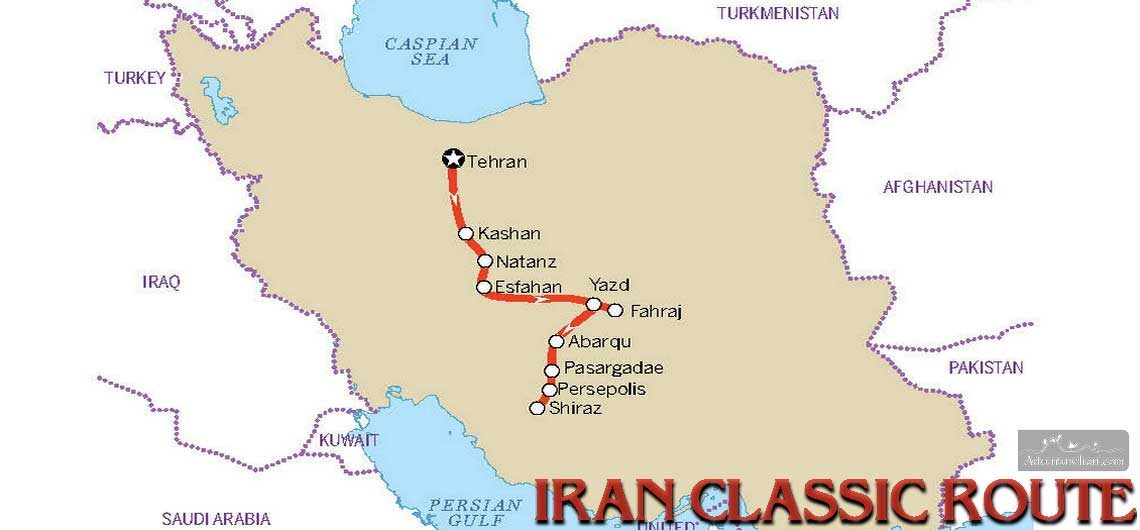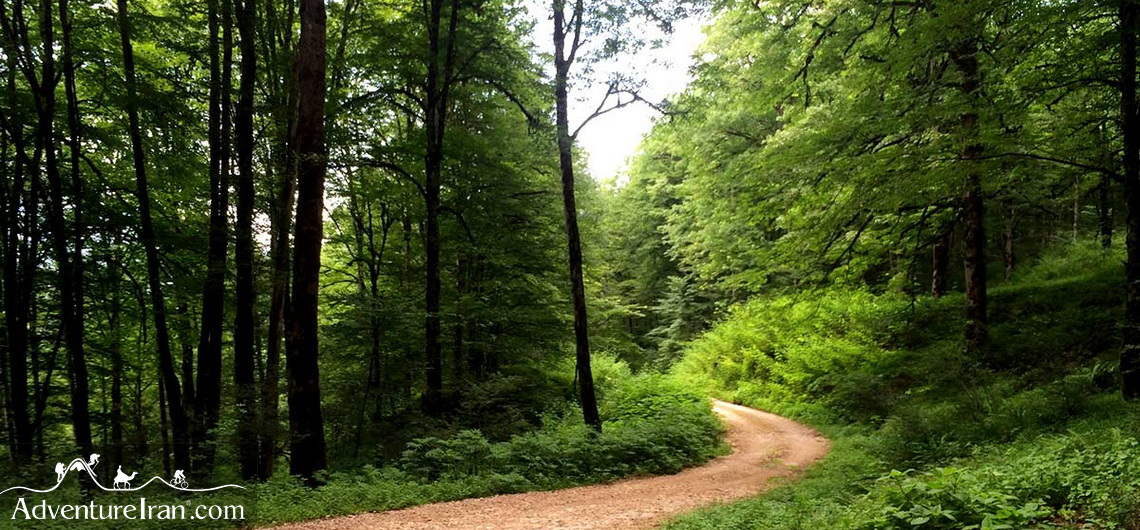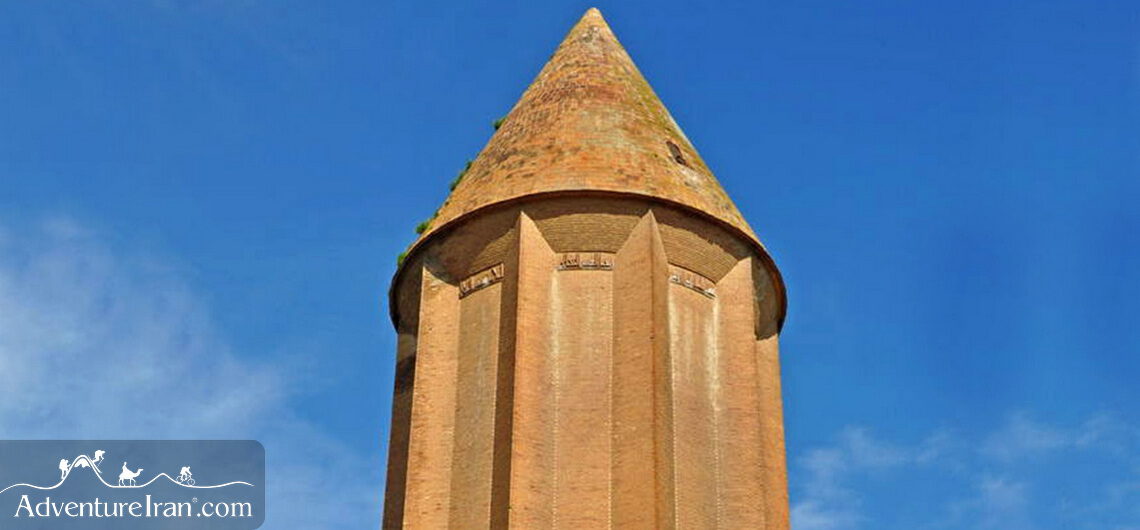The Silk Road in Iran and the Persian Caravanserai The Silk Roads, as the oldest trading and communication network across the world, have connected many civilizations for millennia, bringing together peoples, cultures and economies. The roads provided a ground not only for the exchange of goods but also for the interactions of ideas and
UNESCO sites of Iran: Bam and its Cultural Landscape Bam is based in Kerman province in south east of Iran. it was placed in the UNESCO world heritage sites of Iran in the year 2004. It is 1050m above sea level and have a warm and dry environment. It covers about 5175 square kilometers of
Iran Classic Route The word CLASSIC got more and more popular as Lonely Planet’s travel guide books used it for all of their main destinations and routes around the globe. Most travelers, who had limited time for their holiday, preferred to follow this route to visit the most famous parts of each country. For such
Hyrcanian Forests in Iran (UNESCO) Iran has a large number of national parks and protected areas, including two Natural UNESCO World Heritage Sites, one of which is the Caspian Hyrcanian Forests. Located in northern Iran along the southern coast of the Caspian Sea and the northern slopes of the Alborz Mountains, the forest covers
Gonbad-e Qabus in Iran (UNESCO) A small agricultural town of Gonbad-e Qabus (also pronounced Gonbad-e Kavoos or Gonbad-e Kavus) lies approx. 500km east of Mashhad, in Golestan province, Iran. It is home to the UNESCO World Heritage Site under the same name- the spectacular Gonbad-e Qabus brick tower. According to the two Kufic inscriptions encircling

